

Transforming Lighting at Canadian College Surrey Campus with Mac’s II Agencies
From enhanced energy efficiency to modern design, see how this project is setting a new standard in campus lighting.
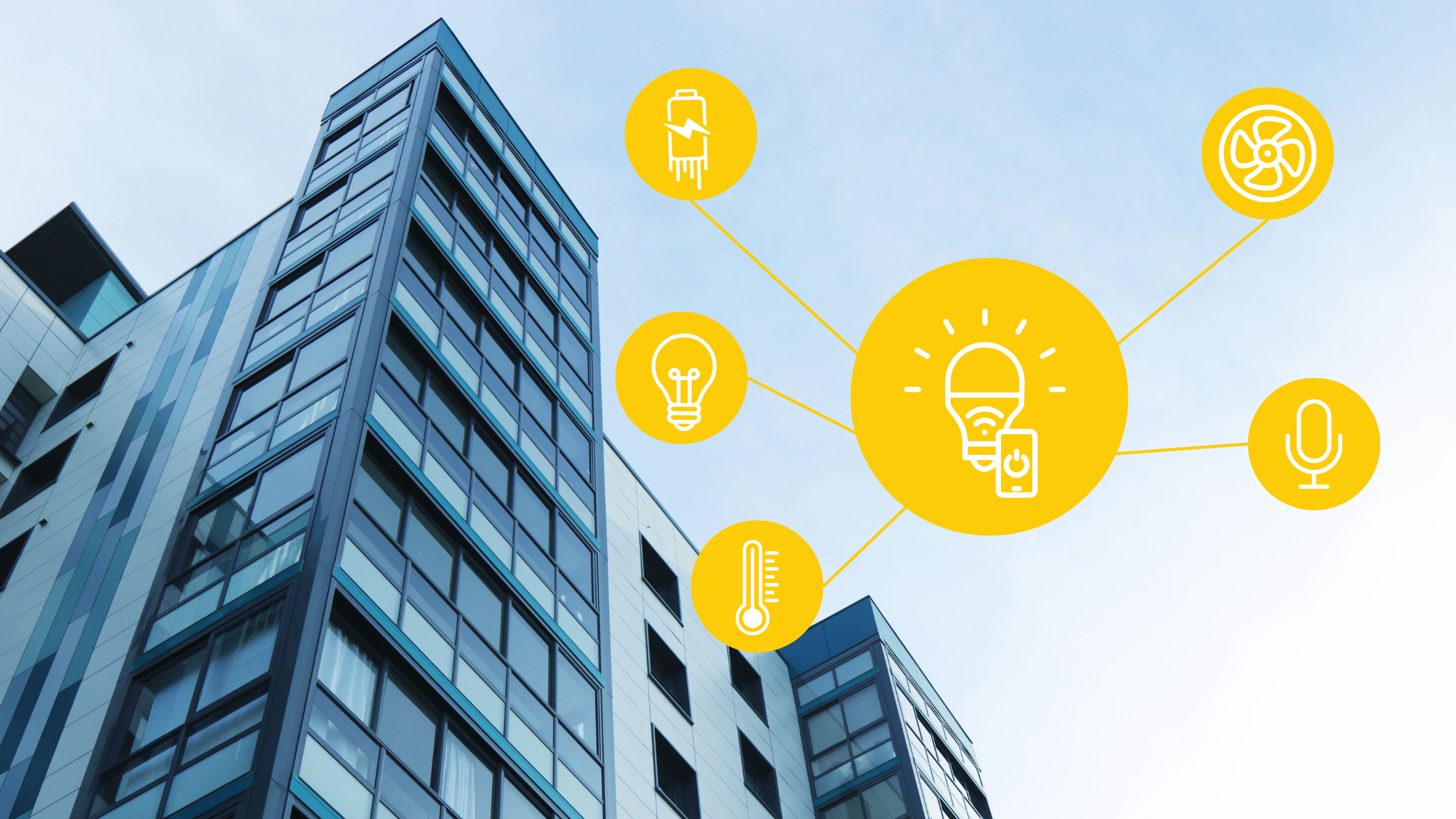
The integration of smart lighting is no longer a futuristic concept. It’s slowly but surely becoming the norm for single-family homes and commercial buildings, and, increasingly, multi-family residences.
To help bring existing infrastructure up to speed, smart retrofits for multi-family buildings are attracting funding and gaining popularity. Retrofits allow you to future-proof older buildings, while cutting back on energy costs, increasing tenant satisfaction, and improving maintenance operations.
Are you a property manager, building owner, or strata member considering a smart retrofit for your multi-family or apartment building? Here are some tips on why and how to get started.
From energy efficiencies to streamlined operations, smart buildings offer a range of benefits. While smart retrofits, in particular, can be more daunting than new builds, it’s a necessary must-do for buildings to stay-up-to-date with where markets are going.
Along with future-proofing your building, here are other key benefits of smart retrofits for multi-family buildings.
Cost Savings
Smart systems are known for their energy efficiency. This is magnified when you retrofit large buildings with dozens of units. By integrating smart features like daylight harvesting and real-time monitoring, a smart retrofit can help reduce lighting costs by up to 70%, potentially helping you and your tenants save thousands per year.
Increased Property Value
Studies show that homes equipped with smart features can increase property valuation.
And with fluctuating global temperatures and increased energy costs, the promise of energy efficient temperature and lighting systems can attract quality tenants and investments—thereby increasing property value opportunities. Buyers can confidently offer long-term rentals with smart systems, making your units much more appealing.
Tenant Satisfaction
Smart system amenities such as temperature control, lighting control, air quality, security, and streamlined communication can all positively influence tenant satisfaction and retention.
And with a competitive rental market, focusing on improving tenant satisfaction can help your building stand out from the crowd.
Efficient Maintenance
Being bogged down by inefficient maintenance is a serious concern affecting property managers and building owners alike. But real-time data monitoring and automated alerts with smart systems allow you to tackle issues before they flare up.
Property managers can quickly detect and report malfunctioning bulbs, connectivity problems, or unusual power consumption patterns. Meanwhile, predictive analytics identify trends and potential failures—helping you schedule maintenance to replace components before they fail.
Alongside the many benefits that come with a smart retrofit, there are challenges and considerations you should be aware of. Being aware of these challenges can significantly ease the process of conducting a smart retrofit. Here are some steps you can take to start the process.
Step 1: Identify Needs with an Energy Audit
Start by identifying the specific needs of your building.
Whether your goals are to reduce energy consumption, improve security, or enhance tenant convenience, you’ll want to set some targets before getting started. You can conduct an energy audit to identify high-energy-usage areas and determine where to make changes.
Step 2: Clarify Your Budget
As mentioned, retrofitting your building to reduce energy does require an upfront investment, especially for older buildings. Be sure to budget thoroughly.
You’ll need to consider the cost of equipment, installation, and ongoing maintenance. Just remember: after the initial outlay, you’ll cut energy and maintenance costs long term.
Step 3: Compare Smart Systems
Compare the different features and benefits of various products and manufacturers. Look for systems that offer motion sensors, remote control, and programmable schedules that accommodate “daylight harvesting”—automatically adjusting the amount of artificial light in a space based on the ambient daylight available.
Once you’re ready to conduct your retrofit, make sure to select a smart lighting system that checks off all your boxes. Focus on one that’s compatible with your building’s existing infrastructure, easy to install, and scalable for future upgrades.
Evaluate Your Infrastructure
Start by assessing your current electrical setup.
Check the compatibility of existing wiring with smart lighting technology, and identify areas that need upgrades. Take a look at your building’s Internet connectivity, as smart systems typically require robust, stable networks. Also, consider the age and condition of light fixtures, and make any necessary replacements.
Research Smart System Options
Look for systems with customizable lighting schedules and remote control features that are easy to install. Also, check to see what kind of support and maintenance services the company offers to ensure your new smart lighting system will perform well over time.
Product Recommendation: Lutron Caseta or Vive
As Western Canada’s leading electrical distributor, Albrite works with thousands of electrical suppliers and brands. One of these brands is Lutron—a fantastic choice for smart systems.
The company’s top contenders in the smart system category are Vive and Caseta, each offering different features and limitations for your needs.
View the table below for a brief overview of both options, focusing on the target use case, device limit, scalability, integration, and security features.

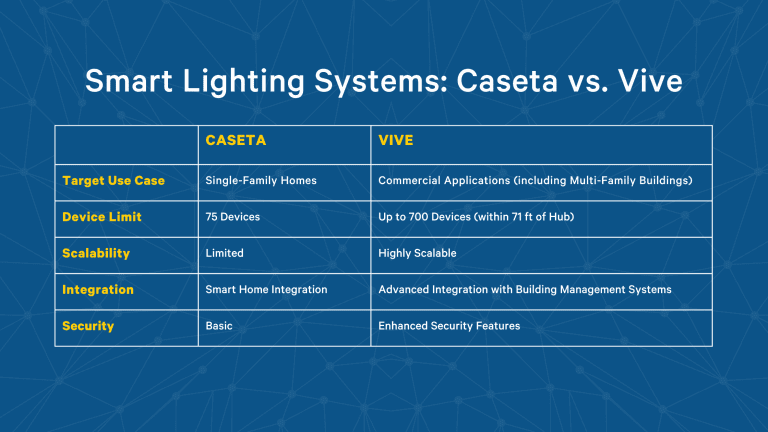
As you can see, Vive is primarily geared toward larger commercial buildings, and it may be the better choice for large multi-family residential projects that are over 75 units. Vive is highly scalable and offers advanced integration features to seamlessly work with your existing infrastructure.

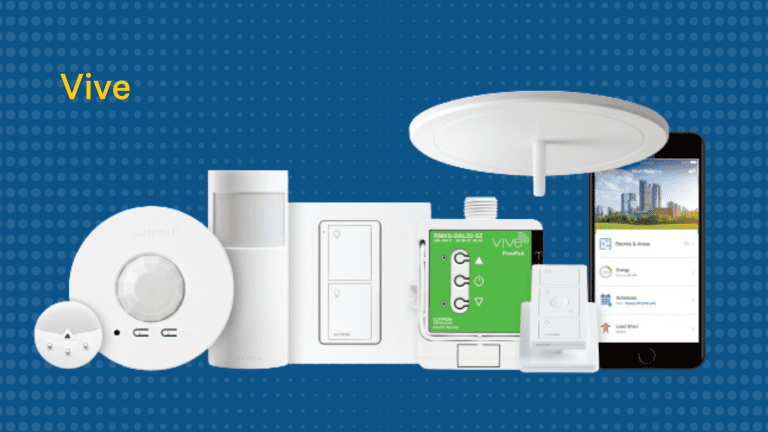
Caseta is typically designed for single-family homes, but can be a more affordable option for smaller apartment buildings or DIY-ers. It might be the more affordable option if you’re planning to retrofit a building with fewer than 75 units.

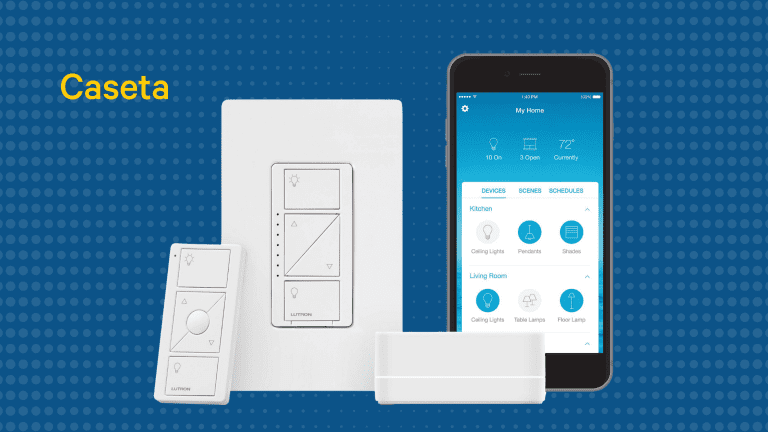
At the end of the day, retrofitting a multi-family building depends on a multitude of factors. And finding the right system can be a challenge.
It’s highly recommended to consult with a qualified electrical team to help you determine the best smart system for your needs.
Ultimately, a smart retrofit can be daunting. But converting your building into a smart and connected facility is often well worth the investment, and an experienced team can greatly simplify the process.
Yes! While older buildings may not be designed for modern upgrades, today’s technology makes it possible. Contact an experienced electrical team for guidance navigating older buildings.
Definitely. A smart retrofit for a hotel or resort building can significantly enhance your guests’ experiences, while cutting back on operational costs.
You can also create personalized lighting environments—with options like these by Lutron—in guest rooms, common areas, and outdoor spaces, with features like motion sensors and automated schedules.
There are various incentives and programs for smart retrofits across Western Canada. Check out the list below to find one in your area. Follow along with each area’s websites to stay up-to-date on changing regulations.
B.C.
Alberta
Saskatchewan


From enhanced energy efficiency to modern design, see how this project is setting a new standard in campus lighting.


LED lighting options come in a spectrum of hues known as colour temperatures. This correlates to how warm (yellowish) or cool (bluish) the light appears.

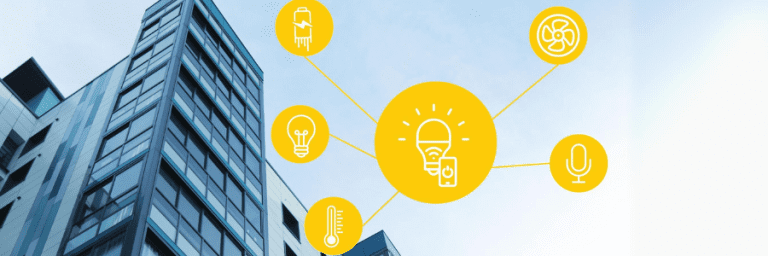
Smart lighting retrofits for multi-family buildings might seem daunting, but the investment can be all worthwhile.

Customer Service
1.888.467.7626